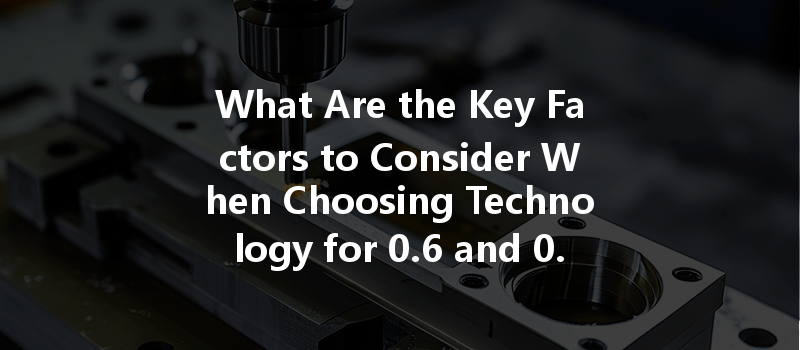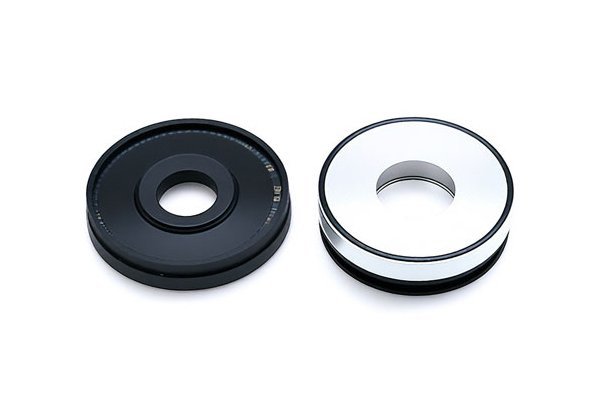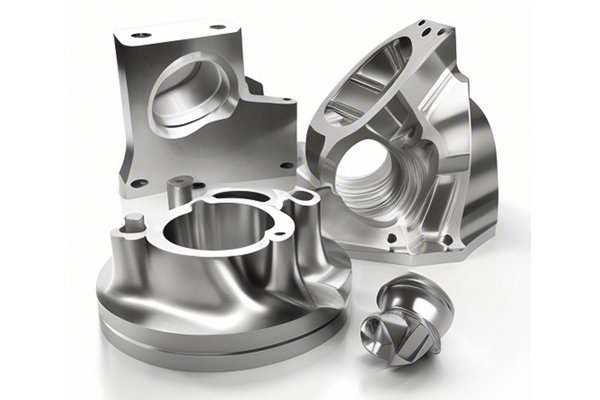Did you know that precision machining contributes to almost 30% of the global manufacturing output? The importance of accurate machining cannot be overstated, especially in an era where the demand for high-quality components is skyrocketing across diverse industries, from aerospace to automotive to manufacturing. This begs the question: how do you know you’re choosing the right technology for your finish machining requirements, specifically for 0.8 and 0.6 finishes?
In this comprehensive guide, we will dive into the intricacies of choosing the appropriate technology for achieving these specific machining accuracy requirements. By the end, you’ll have a solid understanding of which technologies best suit your needs and the factors you should consider when making this critical decision.
Understanding Finish Machining Differences
Before we explore the technologies available, it’s vital to grasp what 0.8 and 0.6 finish machining specifications mean. Finish machining generally refers to the last phase of the manufacturing process, focusing on refining the surface of a part or product to meet specified tolerances and finishes.
The Importance of Choosing the Right Technology
Choosing the appropriate technology plays a crucial role in achieving desired finishes and tolerances. An incorrect choice can result in wasted materials, increased costs, and potential delays in product delivery. Below are the key factors that influence your selection:
Technologies for Achieving 0.6 and 0.8 Finish Accuracy
Now that we understand the parameters influencing our technology choices, let’s explore some methodologies and their benefits in achieving the critical 0.6 and 0.8 finishes.
Overview: CNC (Computer Numeric Control) machining has revolutionized the manufacturing process by automating the machining operations of various materials, including metals and plastics.
For 0.8 and 0.6 Finishes:
Considerations:
While CNC machining is versatile, careful programming and setup are essential to achieve the desired finish. It’s crucial to keep the tools sharp and use appropriate feeds and speeds during machining.
Overview: EDM uses electrical discharges to erode material, making it suitable for hard materials that may be difficult to machine using conventional methods.
For 0.8 and 0.6 Finishes:
Considerations:
EDM processes tend to be slower and more expensive than traditional CNC methods. However, for certain applications, the investment is justified.
Overview: Laser machining employs high-energy lasers to cut or engrave materials, offering precision that traditional methods can often lack.

For 0.8 and 0.6 Finishes:
Considerations:
It’s important to recognize that while laser machining offers these advantages, not all operations may achieve the necessary surface finishes, and additional processing may be needed.
Overview: Surface grinding and cylindrical grinding processes are often used for finishing and can provide very high precision and excellent surface qualities.
For 0.8 and 0.6 Finishes:
Considerations:
Grinding is generally a slower process than CNC machining. The cost-effectiveness depends significantly on the production volume.
Evaluating Technology Choices
When evaluating which technology to adopt for achieving 0.8 and 0.6 finishes, there are several metrics you should consider:
Best Practices for Achieving Desired Finishes
Regardless of the technology you choose, adhering to specific best practices will help ensure you consistently achieve your desired finishes:
In the realm of precision machining, choosing the appropriate technology for achieving 0.8 and 0.6 finish accuracy requirements is not just a decision; it’s an investment in your product’s quality, reliability, and overall success.
From CNC machining and EDM to laser machining and grinding, each technology offers unique advantages and challenges. By systematically assessing your needs based on material type, component geometry, production volume, and budget—combined with a thorough understanding of your finish specifications—you can make informed decisions that lead to superior results.
In an industry where precision is paramount and the margins for error are slim, knowing how to navigate these choices can make all the difference in running an efficient operation. This blog serves not only to educate but to empower you as you refine your manufacturing processes. Remember, a well-informed decision today can save time, minimize costs, and elevate your output quality tomorrow.






